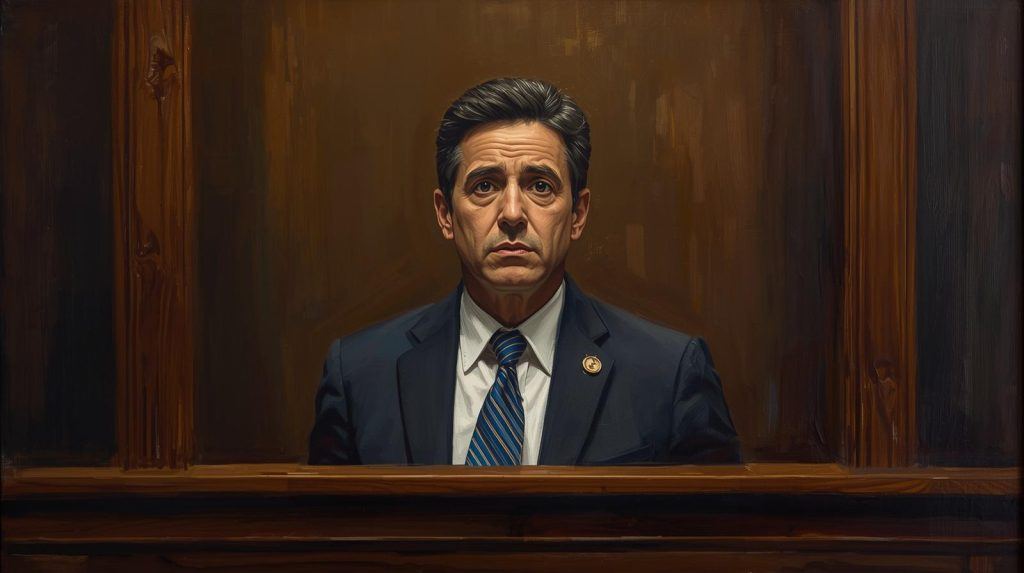“Discourage litigation. Persuade your neighbours to compromise whenever you can… As a peacemaker, the lawyer has a superior opportunity of being a good man. There will still be business enough.”
— Abraham Lincoln, Lawyer and 16th President of the United States
Litigation is sometimes necessary, but more often than not, it is a drain – on time, energy, money, and peace of mind. It is stressful and distracts business owners from the more productive, creative, and rewarding aspects of their journey.
Understandably, many people fear litigation. So much so, that some forgo protecting their intellectual property (IP) entirely – believing that they wouldn’t have the means to enforce it or defend it if challenged. That is a position I take serious issue with.
My view is that in many cases, an infringement can be an opportunity. And as with much in IP, it all depends upon how you choose to approach it.
Understanding Motivation
There are much publicised, but few in number, operators that exist solely to litigate. These are sometimes called non-practising entities (NPEs); however in the patent space, they are often less flatteringly called “patent trolls.”
Thankfully for most genuine businesses, litigation is not a strategic goal.
IP disputes can be driven by emotion rather than pure business logic, especially once court proceedings are on foot between competitors because neither may want to be seen to be ‘weak’ or ‘giving in’. And that is where things get messy. But if we can identify and understand the motivations behind the actions -whether you’re on the offensive or defensive side – there is a better chance of resolving a dispute or preferably entering into a commercially fruitful arrangement.
Infringement by Ignorance
IP is often infringed simply because the other party had no idea they were crossing a line.
This highlights the importance of competitive intelligence – checking existing IP rights in the markets you plan to enter. Similarly, rights holders can minimise accidental infringement by marking their rights clearly – through packaging, promotional materials, websites, and other channels that make their patents, trade marks, copyrights or confidentiality notices visible.
Marking serves a dual purpose: it acts as a deterrent and, if litigation ever occurs, it may support a claim for higher damages by proving the infringement wasn’t innocent.
And a word of warning: courts take a dim view of “wilful blindness” when it comes to infringement.
Mistaken Judgement
Sometimes the infringer has done their due diligence—but got it wrong. Consider Kodak, who once relied on flawed advice that their products didn’t infringe Polaroid’s patents. The result? A damages award of US$909 million and an estimated total adverse impact exceeding US$3 billion.
When the stakes are high, seek second, third, or even fourth opinions. It is a small investment compared to the cost of being found wrong by the Courts.
Emotions Ruling
Many infringement claims are sparked by a sense of outrage: “How dare they?”
I was once involved (from the sidelines) in a case where a client was sued for alleged misuse of proprietary information and their own patent being attacked. Despite clear evidence there was no legal or commercial basis for the case, it dragged on.
Eventually, we discovered the true motivation. The other party simply wanted public recognition as the originator of the underlying technology. It was never really about infringement or compensation.
Had this been uncovered earlier, the entire dispute could likely have been resolved through a simple, respectful acknowledgment – without litigation.
Creating a Win-Win
When we feel threatened, our brains default to fight, flight, or freeze. It’s biological. But creative and commercial solutions don’t come from panic – they come from perspective.
The key is to step back and examine both your position and the other party’s:
- What are your business goals, markets, resources, and constraints?
- What are theirs?
- Who are your mutual competitors?
- Can a partnership be formed instead of a battle waged?
Some options to consider:
- Could your brand be enhanced by having public approval from the technology founder?
- Could the infringer become a licensee – commercialising your IP in markets where they hold an advantage?
- Could a public acknowledgment of your rights by an infringer strengthen your reputation – and deter other infringers?
- Could your rights be sold outright to a potential infringer for a satisfying return?
Sometimes, you win more by collaborating than by conquering.
If Negotiation Fails
Let’s be honest – not every negotiation (or mediation) will succeed, no matter how rational or creative your approach.
If talks stall, consider whether there’s another player? Perhaps a competitor of the infringer – who could become an ally. As the saying goes; “The enemy of my enemy is my friend”.
And sometimes, the best strategy is to walk away. Know when to cut your losses and conserve your energy for more promising opportunities.
Final Thoughts
Whether you’re enforcing or being accused of infringement, a positive outcome is possible. It takes standing back and the willingness to look beyond conflict towards mutual opportunity – on both sides.
But remember – none of this is possible without IP rights to begin with. You cannot leverage what you don’t own.










